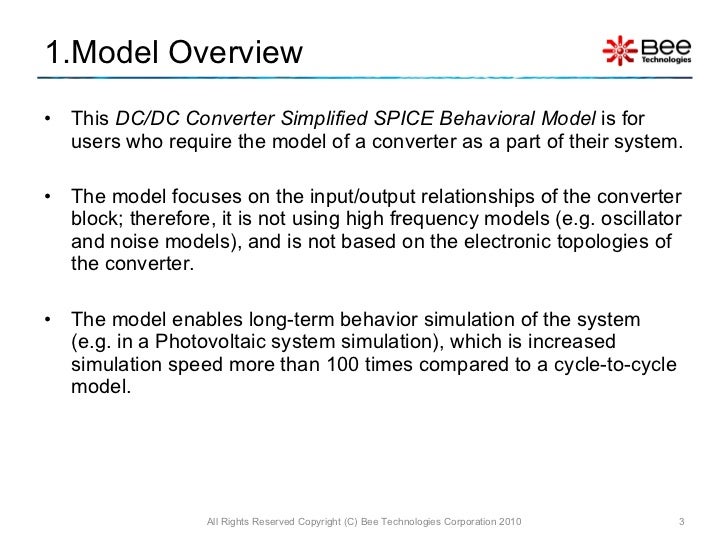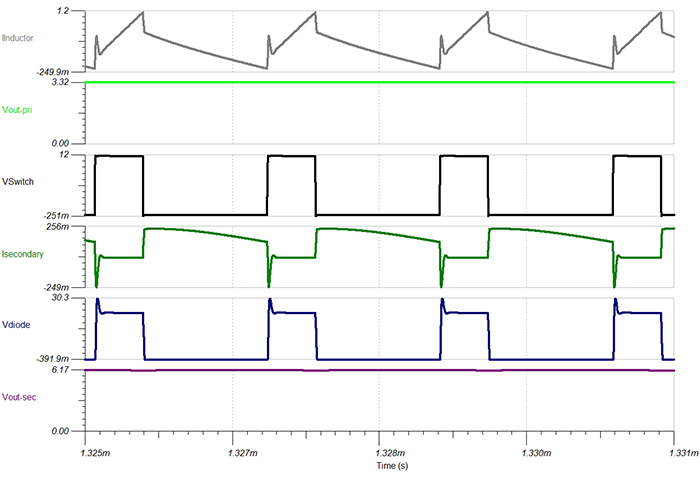Advantages of Push Pull converter | disadvantages of Push Pull converter

The push pull converter, a dc/dc transformer isolated converter, is a two forward converters derivative operating out of phase9 4 6. A push-pull converter operates as an interleaved forward converter and is ideal for higher power designs above 200W6. The push-pull converter has all the benefits of a forward converter while exhibiting. The PAT-4006-CFB is a semi-custom version of the 100W PAT-4006, available on special order, designed for four 6550 or similar tubes in push-pull-parallel. It has a 2 kohm primary winding and two center-tapped secondary windings: a 5 ohm winding for the speaker and a 20 ohm winding for feedback. Used to convert the rectified sine into the full sine wave on the output side. This section provides operation of push pull inverter topology. 1 shows the schematic diagram of push pull converter. When M1 is turned ON with M2 turned OFF, as shown in Fig 2 the voltage across half of the primary winding is Vdc. The primary current starts to. Isolated versions are described such as push-pull, half- and full-bridge versions as well as active-clamp. Chapter 3: the boost converter increases the input voltage and can be found in many applications like dc-dc and power factor correction circuits. The chapter starts with the dc-dc version and determines all the needed transfer functions as. This converter produces an output voltage V that is greater in magnitude than the input voltage V g. Its conversion ratio is M(D) = 1/(1 – D). In the buck-boost converter, the switch alternately connects the inductor across the power input and output voltages. This converter inverts the polarity of the voltage, and can either increase or decrease.
This page covers advantages and disadvantages of Push Pull DC-DC converter, its Circuit and working operation.It mentions benefits or advantages of Push Pull converter and drawbacks or disadvantages of Push Pull converter.

What is Push Pull converter?
About DC to DC converter:
A dc-dc converter is electronic circuit. The main function of this circuitis to modify one potential difference(i.e. voltage) level to the another potential difference level.It is basically a voltage regulator consisting of switches, inductor and capacitor for power conversion.There are numerous applications of DC-DC converter.
DC-DC converters are divided into following types based on isolation between input and output circuits.• Isolated DC-DC converter and Non-isolated DC-DC converter
Isolated DC-DC converters are further divided into following sub types.
• Fly-back• Forward• Half bridge• Full bridge• Push Pull
About Push Pull converter circuit working operation:
The figure depicts Push Pull converter circuit. It is a converter circuit that uses push type and pull type device. Push-Pull is a term associated with two switches where each switch is connected to positive or negative leg of the DC power supply. Push-Pull is a DC/DC chopper that is very widespread by reason of more that is calculated by power lost at the terminals of push-pull device.
Features of Push pull converter:
• Push-pull converter grades in easy and compact gating requisite. It has merely two devices in the first section with supply of common ground.
• Push-pull converters make a reduced amount of sound on line as input, have steady input I and are more in higher energy approaches.
• HF transformer separation with the converter is favored to acquire more steps up ratio and the galvanic separation between utility and modules.
• Voltage fed schemes, employs noticeably outsized electrolytic capacitor too curb the big input I ripple leading to large volumes, more priced and concise duration of PV system.
• Current-fed schemes demonstrate subsequent advantages compared to voltage-fed topologies: 1) lesser input I ripple 2) minor turns-ratio of transformer 3) output capacitive filter 4) nil imbalance problem of flux.
• Current-fed chopper suffers from elevated peaks in voltage crossways the switches during switch off. Passive RCD snubber is employed to take up the spike in voltage owing to less efficiency. A non-dissipative snubber is planned to recycle the absorbed power, this amplifies the complexity.
• Active clamping is popularly used due to high efficiency and achieves ZVZCS of the devices at the same time
• To lessen the quantity of the transformer turns ratio and switches voltage doubler is chosen.
Push Pull Converter Pspice Student
Benefits or advantages of Push Pull converter

Following are the benefits or advantages of Push Pull converter:
➨ To drive MOSFETs push pull does not necessitate an isolated power supply
➨ Peak current sensing is required so that the core does not drift into saturation.
➨ Push-Pull is used for freeway access latch release cables and security break cables.
➨ 7V nineteen cables are extremely flexible, making them ideal for pull assemblies.
➨ The Push pull converter is of low cost.
➨ Transformer rating required is smaller than the forward converter.
Drawbacks or disadvantages of Push Pull converter
Following are the drawbacks or disadvantages of Push Pull converter:
➨Push pull uses two switches which are not widely used in flux walking phenomena.
➨Central tap transformer is used is one of the main disadvantages.
Conclusion: In order to understand advantages of Push Pull converter and disadvantages of Push Pull converter one has to understand Push Pull converter basics.
Advantages and Disadvantages of other wireless technologies

What is Difference between
difference between OFDM and OFDMA
Difference between SC-FDMA and OFDM
Difference between SISO and MIMO
Difference between TDD and FDD
FDMA vs TDMA vs CDMA
FDM vs TDM
CDMA vs GSM